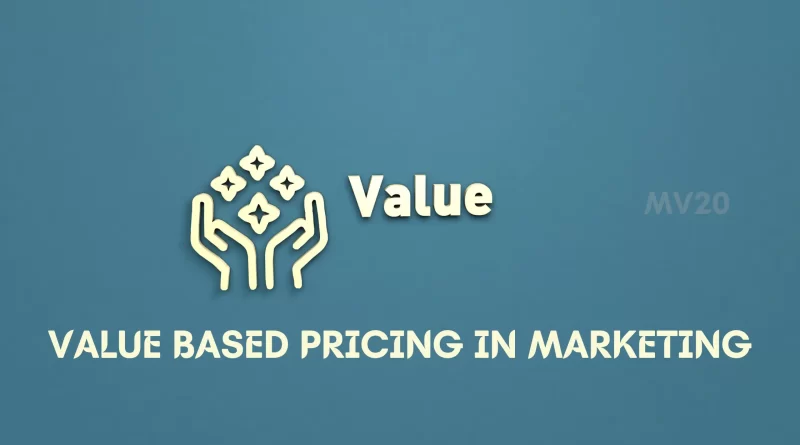Value Based Pricing In Marketing [Explained With Real Life Example]
Are you tired of pricing your products or services based on what your competitors are charging? Well, then it’s time to hop on the value based pricing bandwagon.
What is Value Based Pricing?
Value based pricing is a pricing strategy where a company sets the price of a product or service based on the perceived value it offers to the customer.
In other words, it’s about charging what your product or service is worth, rather than what it costs to produce.
Why Use Value Based Pricing?
There are several benefits to using this pricing, including:
Increased profits
By charging what your product or service is worth, you can increase your profits without sacrificing sales.
Differentiation
Value based pricing allows you to differentiate your product or service from your competitors, making it more attractive to customers.
Better understanding of customers
By focusing on the value your product or service offers, you’ll gain a better understanding of your customers’ needs and wants.
How to Implement Value-Based Pricing
Determine the value of your product or service
Start by identifying the unique features and benefits of your product or service. Consider things like quality, durability, and convenience.
Research your competition
Look at what your competitors are charging for similar products or services. Take note of any added value they may offer, and consider how you can differentiate yourself.
Set your price
Based on the value of your product or service and your research of the competition, set your price. Be sure to consider any additional costs, such as marketing and distribution.
Test and adjust
Once you’ve set your price, test it out and see how it’s received. If necessary, make adjustments until you find the sweet spot.
Examples of Value Based Pricing
A luxury car manufacturer charges a higher price for their vehicles because of the added value of high-end materials and advanced technology.
A subscription-based meal delivery service charges more than a traditional grocery delivery service because of the added value of convenience and healthy meal options.
A Few Other Value Based Pricing Examples
Here’s an example of a company that successfully implemented value-based pricing:
Tesla, the electric car manufacturer, offers vehicles that have a higher price point compared to traditional gasoline-powered cars. However, their cars offer added value in the form of environmental benefits, advanced technology, and the ability to save on fuel costs in the long run.
By focusing on these unique features and benefits, Tesla is able to charge a higher price for their vehicles and still attract customers who are willing to pay for the added value.
Another example could be a local tailor who specializes in custom-made suits. His prices are higher than off-the-rack suits, but the added value is a perfect fit, high-quality fabrics, and a unique design tailored to the customer’s specific needs.
Customers are willing to pay more for a suit that is made just for them and that they know will look and feel great.
In both examples, the companies successfully communicated the added value of their products to customers, which allowed them to charge higher prices without sacrificing sales.
Wrapping Up!
By focusing on the value your product or service offers, you’ll be able to charge what it’s truly worth and increase your profits without sacrificing sales.
So, don’t be afraid to ditch the old “cost plus” pricing strategy and give value-based pricing a try. Hope you got a clear idea of how value based pricing system works!
Also read:




